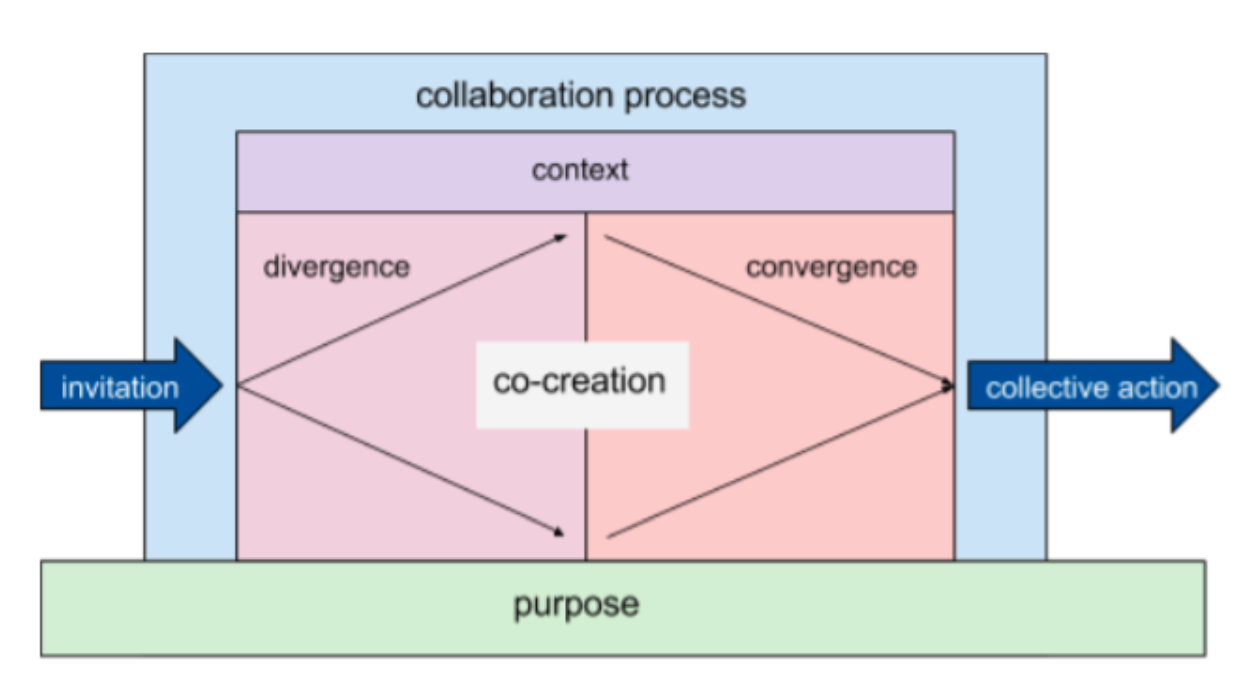9 Decision Types You Should Know
9 Decision Types You Should Know
There is no one ‘right’ decision-making protocol — different contexts call for different approaches. We need a shared vocabulary to discuss it.
Lack of clarity around how decisions are made can lead to confusion. And a gap between how we say decisions are made and how they are actually
Understanding different types of decisions, and knowing their names, can help you pick the best approach.


Dictatorial
All choices are made directly by a single decision-maker.
Pro: Simple, clear, quick. A single vision can stay in focus.Con: Alienates others, ignoring their ideas and expertise. If the decision-maker is wrong, you’re in trouble.
Delegated
A superior empowers subordinates to make decisions in a specific sphere, but the superior remains ultimately accountable (aka: hierarchy).
Pro: Highly scalable, clear accountability, can be fast.Con: Prone to bureaucracy and petty fiefdoms, alienates front-line workers.
Decentralised
Authority is devolved to various projects, teams, or regions, which each use their own decision-making processes internally.
Pro: Balances accountability and flexibility, clear group-level accountability, scalable, low coordination costs.Con: Hard to align overall strategy and culture, varying levels of group performance, petty fiefdoms.
Unanimity
Everyone must agree to all decisions made.
Pro: Inclusive, leverages all experience and expertise in the group, encourages working on relationships and communication.Con: Often slow, gives outsize power to single voices (can veto), doesn’t weigh expertise or stake-holding in influence level.
Consensus
The proposal goes ahead as long as there are no strong objections (blocks). Sometimes called “consent-based” so as not to be confused with unanimity.
Pro: Can be highly efficient when well-facilitated (nothing is held up without serious objections), everyone feels they have a voice.Con: Need to run all decisions by everyone, often not well-facilitated, often confused with unanimity, must have healthy blocking culture (ie. only when really necessary).
Advice
A decision-maker takes advice — from those meaningfully affected and those with relevant expertise — and ultimately makes the decision themselves (used in “teal” organisations).
Pro: Clear accountability, trusts judgement of team members.Con: Who decides who the decision-maker is? And what if they’re not the best person for that job? Hard to know when a decision has been made.
Integrated
A proposal goes up for feedback, amendments are integrated, and then the updated proposal is passed as long as there are no serious objections (used in Holacracy).
Pro: Can be fast, empowers decision-makers while giving others a voice too, separates practical clarifications from opinion.Con: Restrictive structure, have to wait for meetings, danger of ‘veto’ objections.
Emergent
Everyone makes decisions individually, and the overall direction arises from the combination of all of those (ex: voting in elections, contributing to open source software, Cobudget).
Pro: No need for negotiation, empowers every participant, clear, fast.Con: No deliberation and synthesis (listening and adapting to alternative views), hard to align overall strategy.
Collaborative
A facilitated process of divergence (going wide) and convergence (coming together), to engage collective intelligence and arrive at shared understanding (e.g. Loomio proposals, facilitated decision-making summits).
Pro: Highly effective when well-facilitated, all voices are heard, deliberation can lead to co-creation of novel solutions.Con: Difficult without a good facilitator, can be time consuming, requires good relationships and communication among participants.


